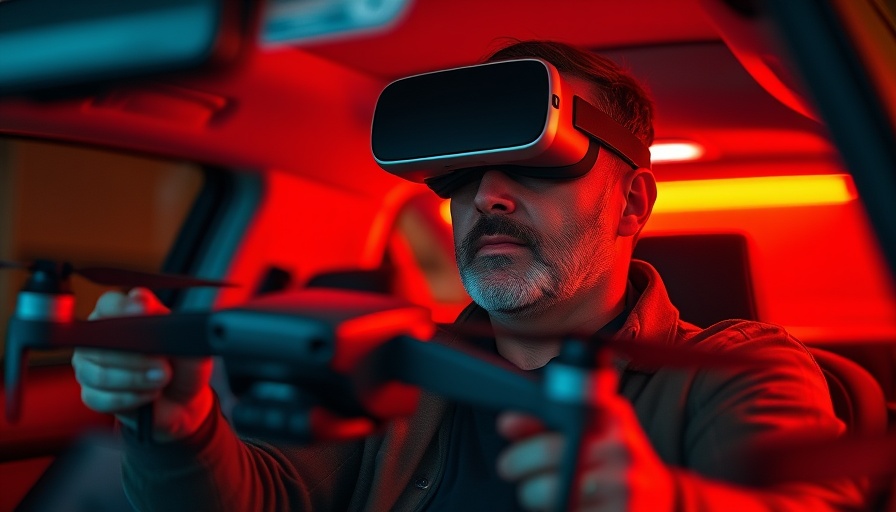
Revolutionizing First Response with Drones
As police agencies across the globe increasingly embrace technology, drones are emerging as pivotal tools in transforming modern law enforcement. The shift towards using drones for first responder activities is not merely a trend; it’s a significant evolution in the approach to public safety. This article delves into the implications of incorporating drone technology into police operations, exploring both its benefits and complexities.
Why Drones Are Gaining Traction in Law Enforcement
Drones are reshaping emergency response protocols as they enable quick and efficient situational assessments. The value of drones extends beyond their impressive aerial capabilities; they provide critical real-time intelligence, allowing officers to make informed decisions swiftly. This capability proves especially invaluable in high-pressure scenarios where every second counts. For instance, during a hostage situation, drones can supply real-time visuals of the surroundings, reducing the risk to lives and facilitating more strategic responses.
Building Bridges Through Technology: Enhancing Community Trust
One of the primary goals of law enforcement is to build trust within the community. By utilizing drones, police departments can enhance transparency and accountability. The visual data captured by drones not only aids in documenting incidents but also serves to reassure the public about their safety and the police's capability. Aerial footage provides a ‘bird’s-eye’ view of situations, reducing the assumption risk for officers and giving communities a clearer understanding of law enforcement actions.
The Safety Factor: Protecting Officers and Civilians
The deployment of drones significantly mitigates risks associated with direct confrontations. Instead of dispatching multiple officers to potentially dangerous areas, a single drone can gather extensive intelligence without exposing personnel to danger. This innovative approach not only preserves officer safety but also ensures that non-involved individuals around the situation are protected. With drones acting as eyes in the sky, law enforcement officials can evaluate situations more thoroughly than traditional methods allow.
Complex Challenges Ahead: Governance and Policy Implications
Despite the benefits, the adoption of drones in law enforcement is not without challenges. The lack of a solid legal framework governing drone usage poses significant issues—ranging from privacy concerns to guidelines for ethical use. As reported in recent discussions within public policy circles, agencies must navigate these complexities with care to ensure that the implementation of drone technology enhances law enforcement without infringing upon the public’s rights. Clear policies will also be essential for building community trust as officers employ these advanced systems.
Investing in the Future: How Law Enforcement Can Prepare
Looking ahead, law enforcement agencies should consider investing in comprehensive training programs for officers on the ground and in the air. Understanding how to operate drones and interpret received data effectively will be paramount in maximizing their potential benefits. Furthermore, collaborating with technological partners can bolster these initiatives, leveraging advancements to refine operational protocols and enhance community engagement.
The integration of drones within law enforcement operations promises to redefine first response strategies, making them more efficient, safer, and more community-oriented. As with all technological advancements, the path forward requires careful planning, transparent policies, and an ongoing dialogue with the communities they serve.
As authorities contemplate the implications of drone implementation, all members of the police force and the community are encouraged to participate in the dialogue surrounding this technology, fostering a positive and informed partnership moving forward.
 Add Row
Add Row  Add
Add 

 Add Element
Add Element 




Write A Comment